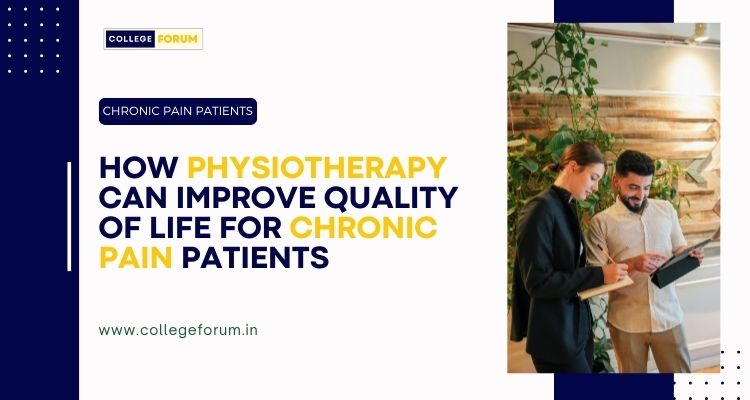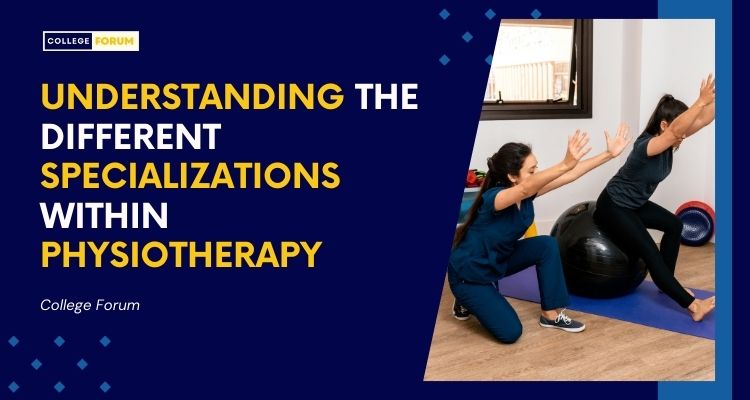BCA vs. B.Tech: Which Course is Better for You?
Introduction In the bustling city of Dehradun, two friends, Arjun and Ravi, stood on the precipice of their future, grappling with a decision that would shape their careers and lives. Both were passionate about technology, but they faced a common dilemma: BCA vs. B.Tech. As they walked through the serene campus of College Forum, the best platform that provides the best colleges to students, they sought guidance and clarity. The Beginning of the Journey Arjun was a creative thinker, fascinated by software development, application design, and the endless possibilities of coding. On the other hand, Ravi was an analytical mind, intrigued by the intricacies of hardware, engineering principles, and the mechanics of technology. Their shared love for technology bound them together, but their interests diverged when it came to their academic pursuits. Exploring BCA: Arjun’s Path Arjun had always been enamored with the idea of building applications that could make a difference in people’s lives. He found joy in solving problems through code and had already dabbled in various programming languages during his high school years. When he discovered the Bachelor of Computer Applications (BCA) program, he felt a spark of excitement. What is BCA? BCA, or Bachelor of Computer Applications, is a three-year undergraduate program that focuses on software development, computer applications, and IT skills. It offers a comprehensive curriculum that covers topics such as programming languages, database management, networking, web development, and software engineering. Arjun’s Journey Through BCA Arjun’s decision to pursue BCA led him to one of the top colleges in Dehradun, recommended by College Forum. His first year was a whirlwind of new experiences and learning opportunities. The coursework was challenging yet engaging, with subjects like C++ programming, digital logic, and mathematics laying the foundation for his future studies. In his second year, Arjun delved deeper into the world of databases, data structures, and web technologies. He loved the hands-on projects and practical assignments that allowed him to apply his knowledge in real-world scenarios. One of his favorite projects was developing a mobile app that helped local businesses manage their inventory more efficiently. By the time Arjun reached his final year, he was well-versed in advanced topics like software engineering, computer networks, and information security. He also had the chance to intern at a leading IT firm, where he gained valuable industry experience and honed his skills further. Opportunities After BCA As Arjun neared graduation, he realized the vast array of opportunities that awaited him. The tech industry was booming, and companies were on the lookout for skilled software developers, web designers, and IT professionals. With his BCA degree, Arjun could pursue roles such as: Software Developer: Creating and maintaining software applications for various platforms. Web Developer: Designing and building websites and web applications. Database Administrator: Managing and organizing data for businesses. System Analyst: Analyzing and improving computer systems for efficiency and effectiveness. IT Consultant: Providing expert advice on technology solutions for businesses. Exploring B.Tech: Ravi’s Path Ravi, on the other hand, was captivated by the engineering aspect of technology. He enjoyed dismantling gadgets, understanding their inner workings, and putting them back together. His logical mind and problem-solving abilities made him a perfect fit for the Bachelor of Technology (B.Tech) program. What is B.Tech? B.Tech, or Bachelor of Technology, is a four-year undergraduate program that focuses on the technical and engineering aspects of technology. It covers a wide range of specializations, including computer science, electronics, mechanical, civil, and electrical engineering. The curriculum is designed to provide a strong foundation in engineering principles, mathematics, and scientific concepts. Ravi’s Journey Through B.Tech Ravi chose to specialize in Computer Science Engineering (CSE) and enrolled in one of the prestigious B.Tech colleges recommended by College Forum. His first year was filled with foundational courses in physics, chemistry, and mathematics, along with introductory subjects in programming and engineering drawing. As he progressed to his second year, Ravi’s coursework became more specialized. He studied subjects like data structures, algorithms, computer organization, and operating systems. He enjoyed the blend of theoretical knowledge and practical application, often spending hours in the lab working on projects and experiments. In his third year, Ravi had the opportunity to choose elective subjects that aligned with his interests. He opted for courses in artificial intelligence, machine learning, and computer networks. The hands-on labs and workshops allowed him to apply his theoretical knowledge to real-world problems, and he found himself increasingly fascinated by the potential of AI and its impact on various industries. By his final year, Ravi was working on a major project that combined his love for hardware and software. He developed a prototype for a smart home automation system that could control lighting, temperature, and security features through a mobile app. This project not only earned him accolades from his professors but also caught the attention of a tech startup looking for innovative solutions in the IoT space. Opportunities After B.Tech As Ravi prepared to graduate, he was excited about the numerous career paths available to him. A B.Tech degree opened doors to a variety of roles in both the public and private sectors, including: Software Engineer: Designing and developing software systems and applications. Systems Engineer: Overseeing the implementation and maintenance of IT infrastructure. Network Engineer: Managing and optimizing computer networks for organizations. Hardware Engineer: Designing and developing electronic circuits and devices. Research and Development (R&D) Engineer: Working on innovative projects and cutting-edge technology. Comparing BCA and B.Tech: Arjun and Ravi’s Discussion One evening, as Arjun and Ravi sat in their favorite café, they reflected on their respective journeys. They discussed the similarities and differences between BCA and B.Tech, trying to determine which course was better suited for different individuals. Curriculum and Duration BCA: A three-year program focused on computer applications, software development, and IT skills. It offers a more specialized and concentrated curriculum in the field of software and applications. B.Tech: A four-year program with a broader scope, covering various engineering disciplines. It provides a strong foundation in engineering principles, mathematics, and scientific concepts,
BCA vs. B.Tech: Which Course is Better for You? Read More »









